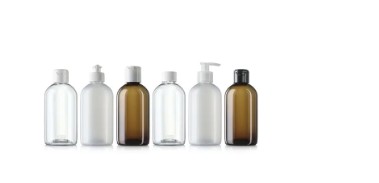Earlier this year, Nestlé’s Maggi brand launched a new packaging format designed to cut down on plastic pollution. The noodles can now be prepared at home in a mug, as opposed to being prepared in the packaging itself. To learn more, we spoke with the team at Nestlé Australia.
For readers who may have missed the initial announcement, I think it might be useful to give an overview of this project. What exactly is happening?
Maggi has made a positive change to a well-known product – encouraging noodle lovers to ‘BYOM’ (Bring Your Own Mug) with the Maggi Mug Noodle. With a noodle cake designed to go straight into a standard at-home bowl or mug, Maggi Mug Noodles use 83% less plastic packaging per serve than traditional Maggi Cup Noodles.
At Nestlé, we’re always looking for ways to reduce our use of virgin plastic. After noticing that many noodle lovers prefer to enjoy their noodles in a bowl or mug, instead of the plastic cup, we reconsidered the need for cup packaging.
Research confirmed that over half of Australians consume instant noodles at home or in the office using a mug or bowl. With this in mind, we aimed to create a product that provides a sustainable alternative while maintaining convenience.
Nestlé frequently experiments with different kinds of packaging formats – from boosting recycled materials and recyclability, to reuse schemes. My question: why was “reduce” chosen for this specific project, as opposed to “reuse” or “recycle”?
We aim to reduce our use of virgin plastic by a third by 2025 versus our 2018 baseline. To contribute to this goal, we challenged ourselves to think ‘outside the cup’ on how we could best deliver the same great product in new, innovative packaging.
In combination with this new packaging format, we also help our noodle lovers to recycle properly by including on-pack recycling instructions. Each part of the product’s packaging features information to help consumers know whether the packaging can be recycled or if it needs to go to landfill.
What has consumer response to this project been like so far? And was any consumer research undertaken before making this change? If so, what were the results?
We know that using less plastic in our packaging matters to consumers and the concept tested well. While it is still early days on-shelf, we are seeing positive momentum.
How does this new pack fit in with Nestlé’s overarching packaging sustainability goals?
At Nestlé we aim for 95% of our plastic packaging to be designed for recycling by 2025, so when we removed the large plastic cups from the original product we remained focused on ensuring that all remaining packaging components are designed to be recycle-ready – the cardboard box, soft plastic wrappers and the flavour sachet.
What does the future hold for Nestlé in terms of projects like this – could more packaging reduction be on the cards?
As we work towards a waste-free future, our teams will continue to look at how cleverly designed packaging and innovative materials can play a part, without compromising on quality, flavour, or cost.
Source:
https://packagingeurope.com/features/the-story-behind-maggis-new-plastic-reducing-noodle-packaging







